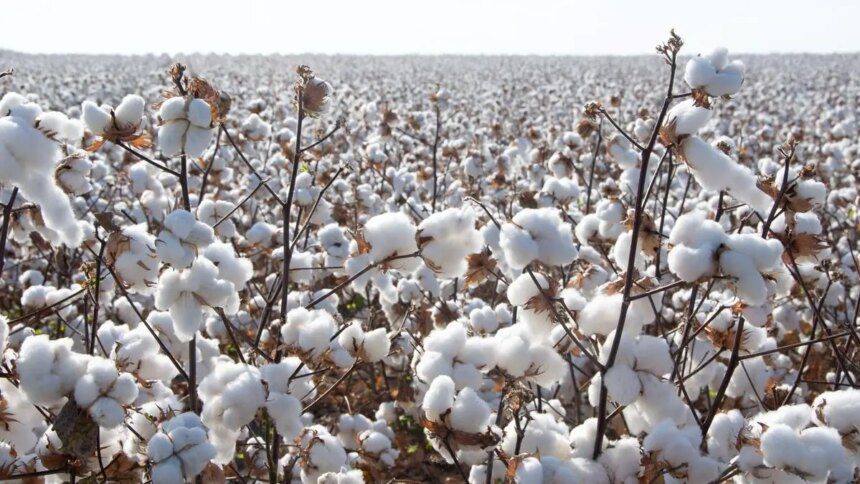Cyclone Montha has significantly impacted cotton farmers in Telangana and Andhra Pradesh, with heavy rains affecting several cotton-growing districts. In addition to cotton, farmers reported severe losses for paddy, soya, and maize crops.
The cyclonic rains have compounded difficulties for Telangana cotton farmers, who were already grappling with excessive moisture in their harvest due to unseasonal rains in August and September. A farmer from Warangal conveyed concerns, stating, “These rains have caused harm to both the crops where ‘picking’ has not started yet and the cotton that is ready for sale. We are now worried if the weather conditions lead to discolouring of the produce.”
Preliminary assessments estimate total crop losses at 1.81 lakh hectares in Telangana, which includes 61,000 hectares of cotton and 1.14 lakh hectares of paddy. In Andhra Pradesh, losses due to the cyclone are projected at Rs 820 crore. Farmers fear that elevated moisture levels might compel them to sell cotton at prices that fall below the minimum support price (MSP). The Cotton Corporation of India (CCI) mandates that cotton moisture levels should range between 8 and 12 percent to qualify for purchase.
Farmers anticipate that the excessive rains may result in quality and yield issues in regions such as Yadgir, Jewargi, and Shahpur in Karnataka, whereas the crop appears more promising in areas near Raichur. Ramanuj Das Boob, a sourcing agent in Raichur, noted, “As such, we were expecting more yield and an overall improved crop in Karnataka. Now with the rains, the scenarios have changed. Yet to ascertain exact damages, possibly a clearer picture will emerge only once the climate clears.”
Additionally, the unseasonal rains have delayed harvests, leading to a decrease in cotton arrivals across India. This situation has created uncertainty in the market as the 2025-26 season commences. Traders and mills are facing lower arrival rates and mixed quality, while prices remain stable amidst tight supply expectations.
Typically, by late October or early November, cotton arrivals accelerate in key growing states such as Maharashtra, Gujarat, and Telangana. However, ongoing rainfall in several areas has hindered the harvesting process and adversely affected fiber quality. Industry estimates indicate that current daily cotton arrivals range between 70,000 and 90,000 bales, which is lower than the usual figures for this time of year.
Farmers from Telangana report moisture-related issues and partial crop damage of approximately 10 to 15 percent in parts of Maharashtra and Gujarat. Ginning factories are struggling with early arrivals showing heightened moisture and contamination levels, complicating bulk purchases by mills. The quality concerns are leading spinners to engage in selective buying, as noted by Das.
Published on October 31, 2025.










